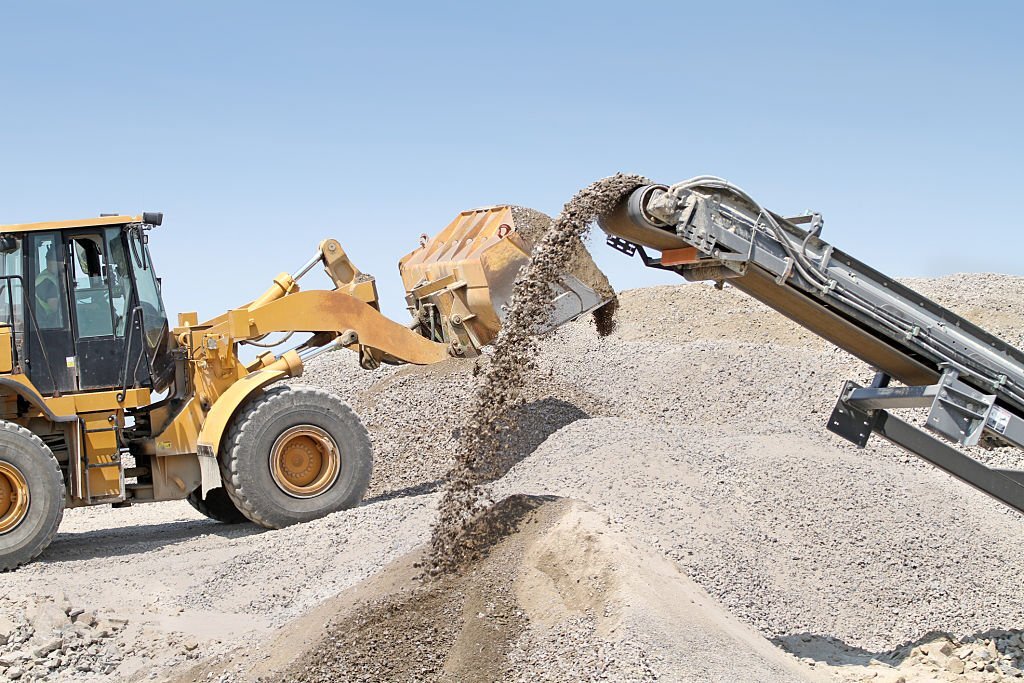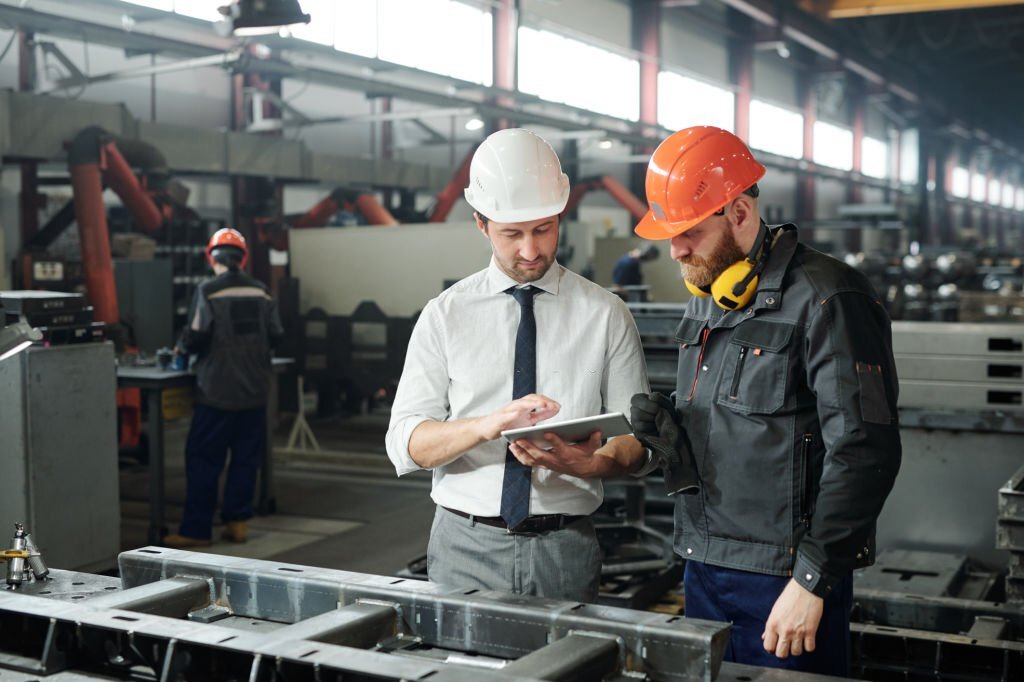
Introduction
Crushing and screening equipment are essential tools in industries like mining, construction, and aggregate production. These machines are responsible for breaking down large rocks, minerals, and other materials into smaller, more manageable sizes. To keep these critical pieces of heavy equipment running smoothly and efficiently, regular maintenance is imperative. In this article, we will explore the maintenance requirements for crushing and screening equipment, highlighting key tasks and best practices.
Regular Inspection and Cleaning

Routine inspection and cleaning are fundamental to maintaining crushing and screening equipment. Over time, debris, dust, and material buildup can lead to reduced efficiency and potential breakdowns. Here are some essential steps:
- Daily Visual Checks: Inspect equipment for visible wear, loose bolts, and potential safety hazards. Remove debris and clean any dust accumulation.
- Weekly Lubrication: Check and lubricate moving parts, such as bearings and conveyor rollers, on a weekly basis. Proper lubrication reduces friction and prevents premature wear.
Check and Replace Wear Parts
Crushing and screening equipment rely on worn parts, such as crusher liners, screens, and belts, which experience significant wear and tear during operation. Regularly inspect these components and replace them when they show signs of wear to maintain optimal performance.
Belt Inspection and Tensioning
Conveyor belts are crucial for the movement of materials within crushing and screening equipment. Regularly inspect belts for damage, proper tension, and alignment. Misaligned or loose belts can cause material spillage and damage to the equipment.
Hydraulic System Maintenance
If your equipment operates with a hydraulic system, inspect it for leaks, damaged hoses, and proper fluid levels. Addressing hydraulic issues promptly is essential to prevent equipment malfunctions and downtime.
Screen Maintenance
For screening equipment, pay special attention to the screens themselves. Check for tears, holes, or blockages that can affect screening efficiency. Replace damaged screens promptly to ensure accurate material separation.
Electrical System Checks
Crushing and screening equipment may have electrical components, including motors, switches, and wiring. Regularly inspect these components for wear, damage, and loose connections. Faulty electrical systems can lead to unexpected shutdowns.
Safety Features Assessment
Safety is a paramount concern in heavy equipment maintenance. Regularly inspect safety features such as emergency stop buttons, warning lights, and safety guards. Ensure that all safety systems are functional to protect operators and workers.
Operator Training

Proper operator training is a crucial aspect of equipment maintenance. Operators should be well-versed in safe and efficient machine operation, as well as basic troubleshooting procedures. Knowledgeable operators can identify and address maintenance issues early.
Conclusion
Maintaining crushing and screening equipment is vital to ensure their longevity, performance, and safety. Regular inspection, cleaning, and servicing are key aspects of this maintenance process. By following these maintenance requirements and best practices, you can maximize the efficiency and reliability of your crushing and screening equipment, ultimately leading to increased productivity and reduced downtime.

